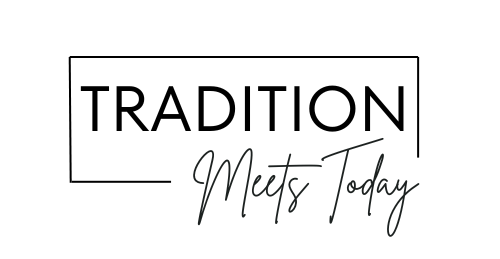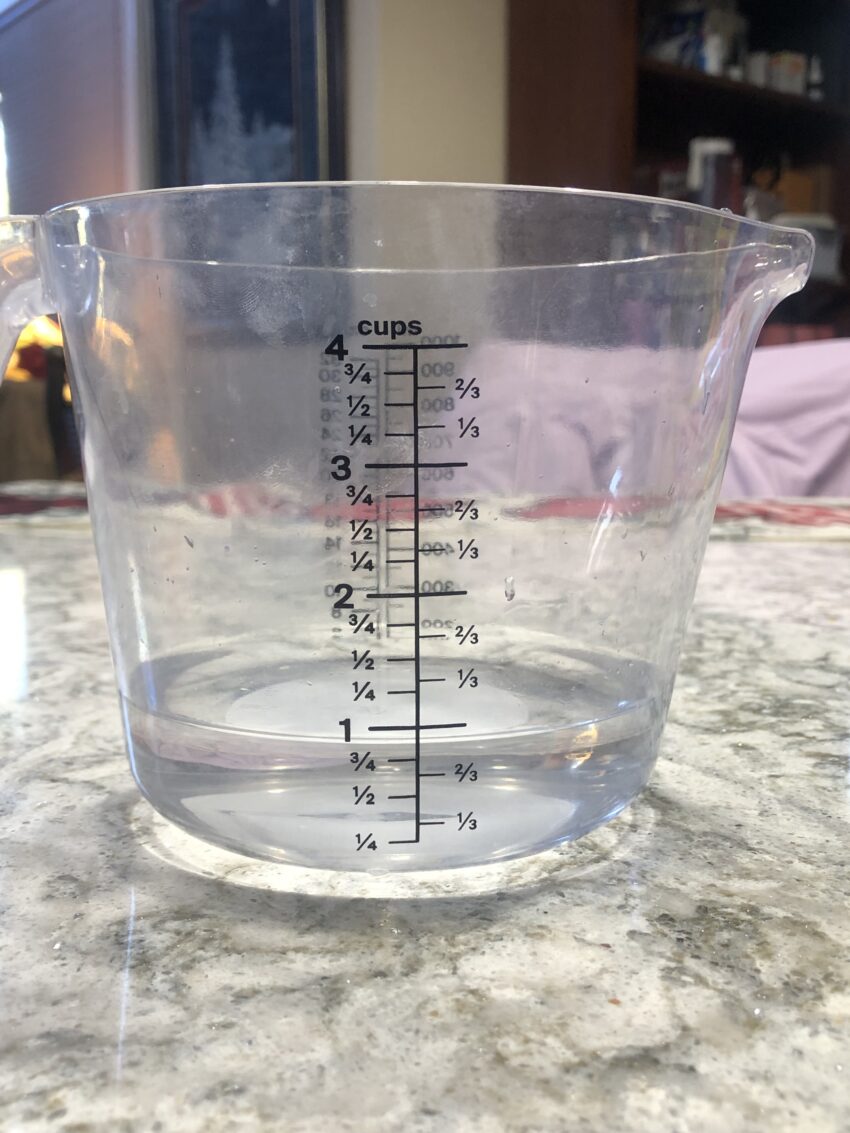Measuring ingredients correctly is one of the simplest ways to improve your baking and cooking. While dry measuring cups and spoons are great for ingredients like flour and sugar, liquid measuring cups are designed specifically for wet ingredients like water, milk, and oil. But are you using them correctly? Let’s break down the right way to read liquid measuring cups so your recipes turn out perfectly every time!

Why Liquid Measuring Cups Are Different
Unlike dry measuring cups, which are meant to be filled to the brim and leveled off, liquid measuring cups have a spout and measurement markings on the side. This design helps you:
- Measure without spilling
- Account for surface tension (the way liquids naturally settle in a cup)
- Pour easily without making a mess
Using a dry measuring cup for liquids can lead to inaccurate measurements, so it’s always best to use the proper tool for the job.
Step-by-Step Guide to Reading Liquid Measuring Cups
1. Choose the Right Size Cup
Liquid measuring cups come in various sizes (typically 1-cup, 2-cup, 4-cup, or more). Always use a cup that comfortably fits the amount of liquid you need. If you try to measure ½ cup in a large 4-cup measuring cup, the small amount of liquid might be harder to read accurately.
2. Place the Cup on a Flat Surface
For the most accurate reading, set your measuring cup on a level countertop or table. Holding it in your hand can cause it to tilt, leading to an incorrect measurement.
3. Pour Slowly and Watch the Meniscus
When you pour your liquid, look at the curved surface of the liquid in the cup—this is called the meniscus. (Remember that from chemistry class?) For an accurate measurement:
The bottom of the meniscus should align with the measurement line.
If you pour too much, don’t just dump out a little—you may accidentally remove too much! Instead, use a spoon to adjust the amount carefully.
4. Check at Eye Level
Crouch down so your eyes are level with the measurement markings on the cup. Looking from above can distort the reading, making you think you have more or less liquid than you actually do.
Reading liquid measuring cups correctly is a simple but essential skill for any home baker or cook. By using the right tools, measuring at eye level, and paying attention to the meniscus, you can ensure that your recipes turn out just the way they should—every time!
What’s your go-to tip for measuring ingredients accurately? Let’s chat in the comments!

